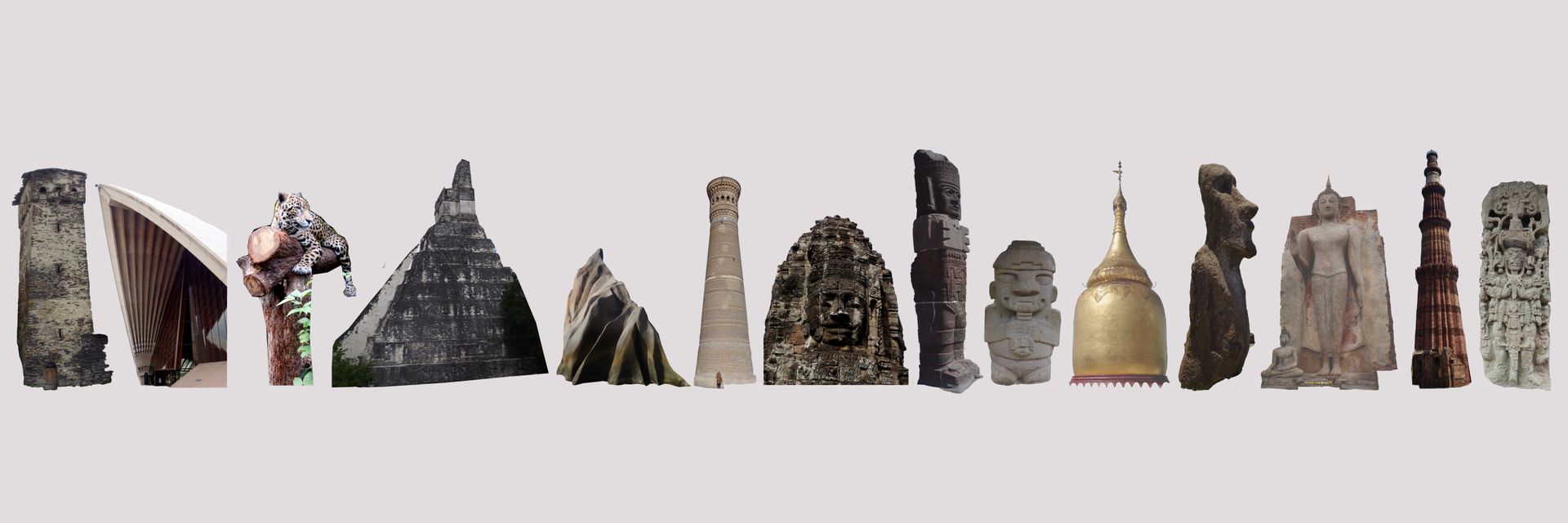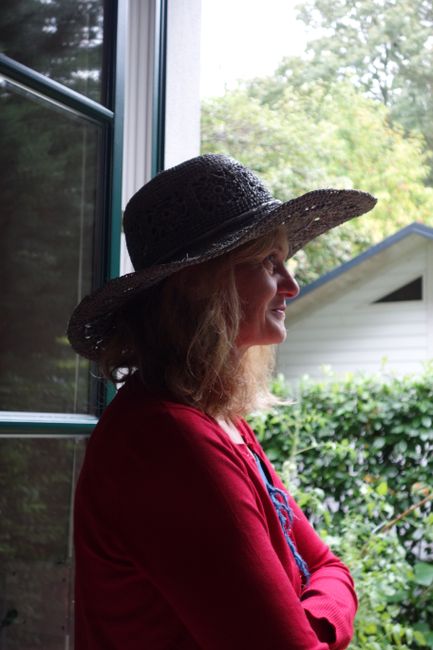Visiting the Nameless
Được phát hành: 23.02.2019
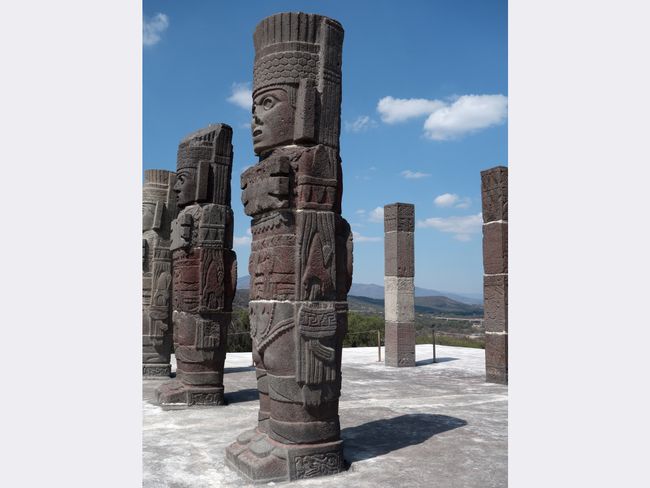
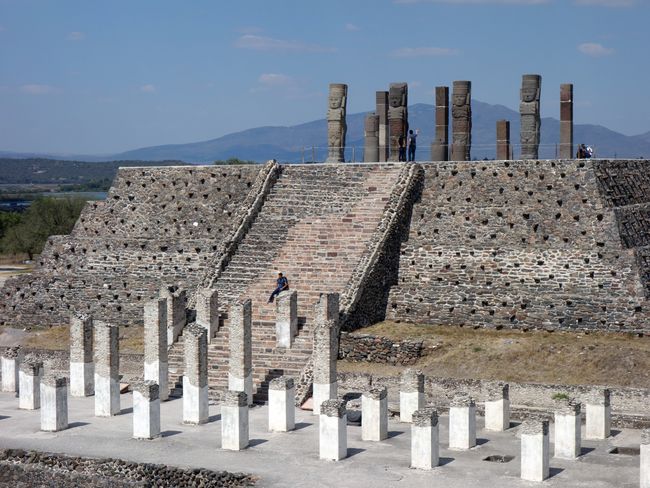
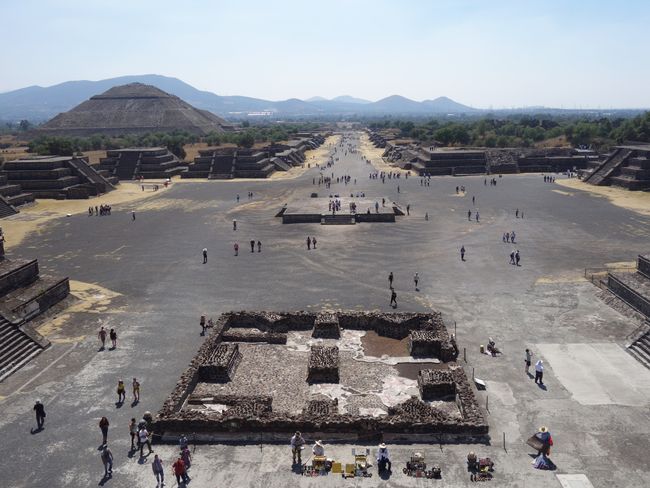
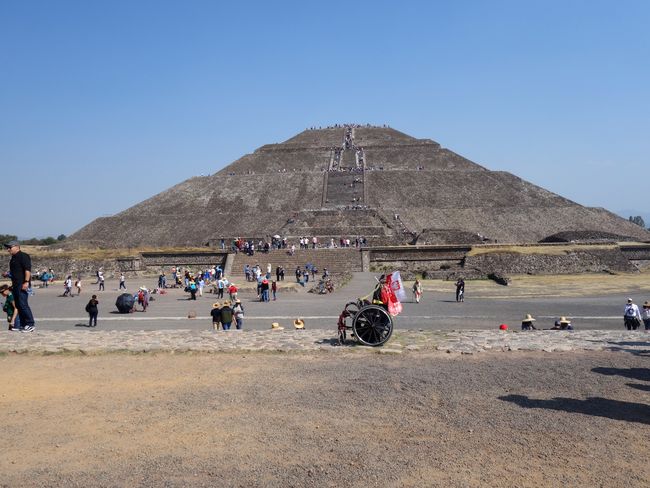
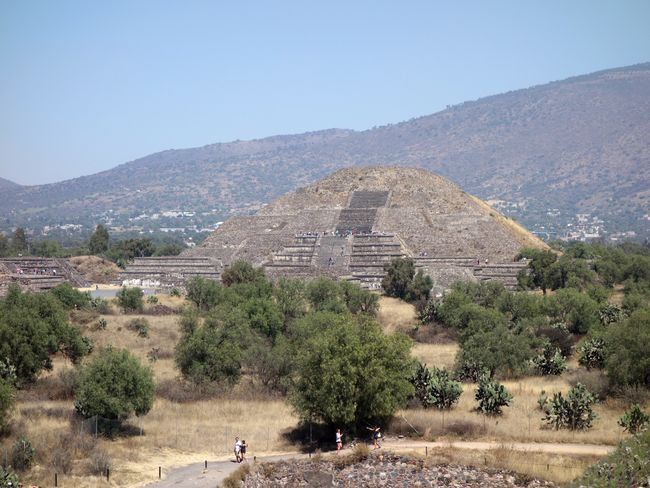
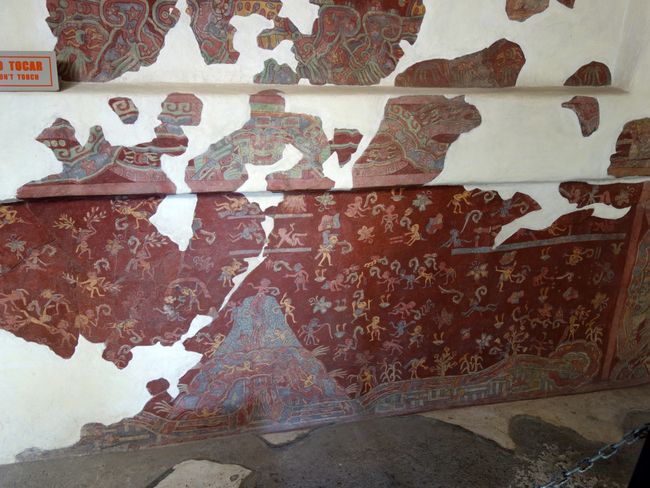
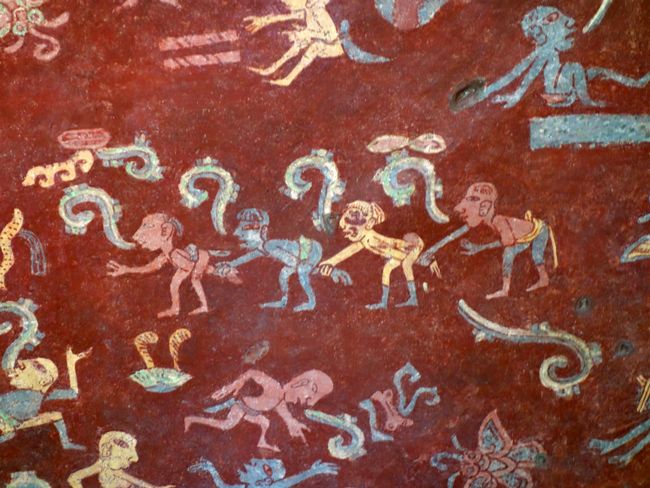
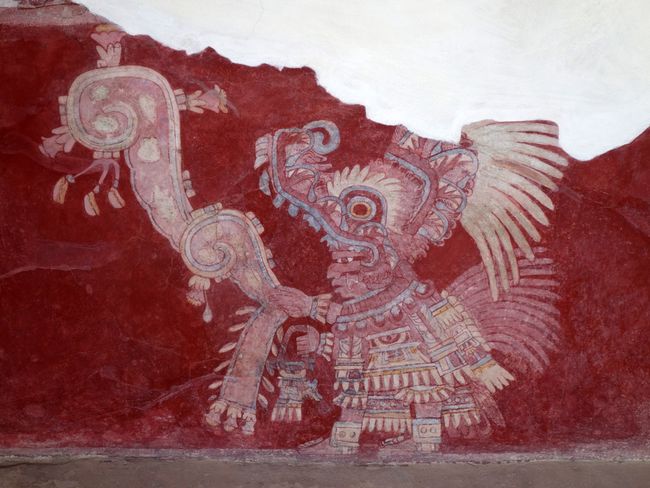
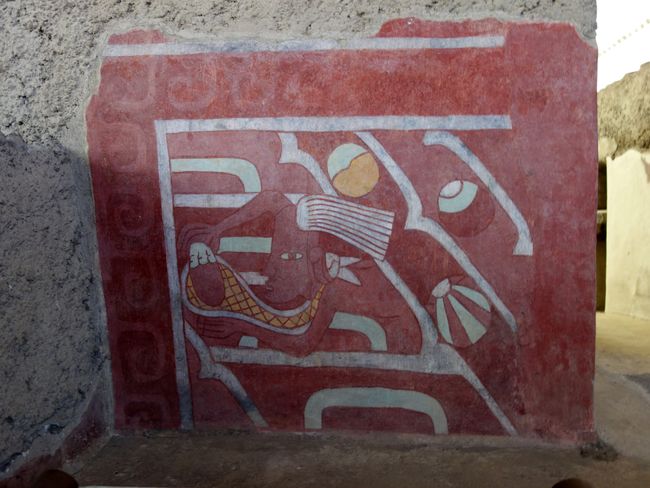
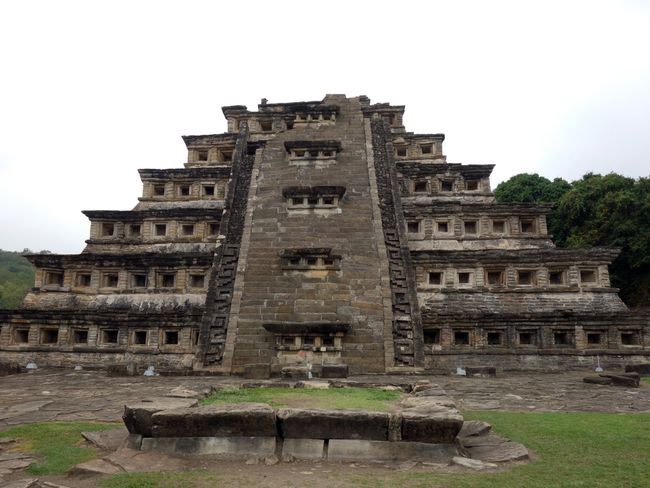
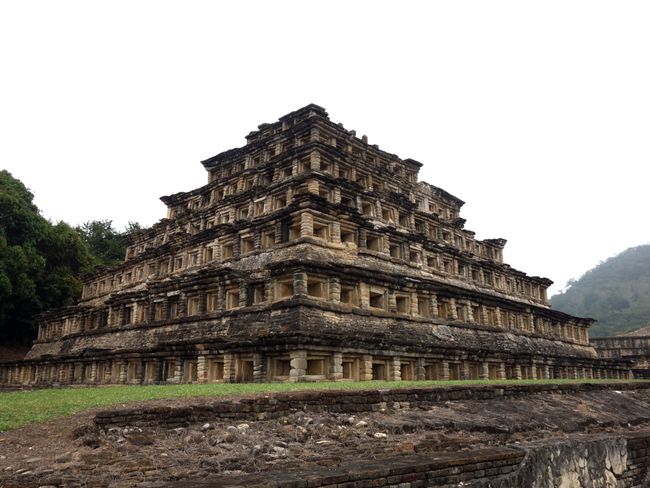
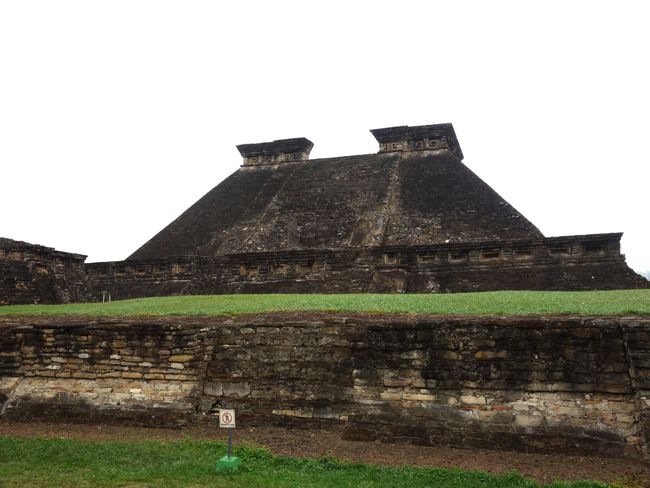
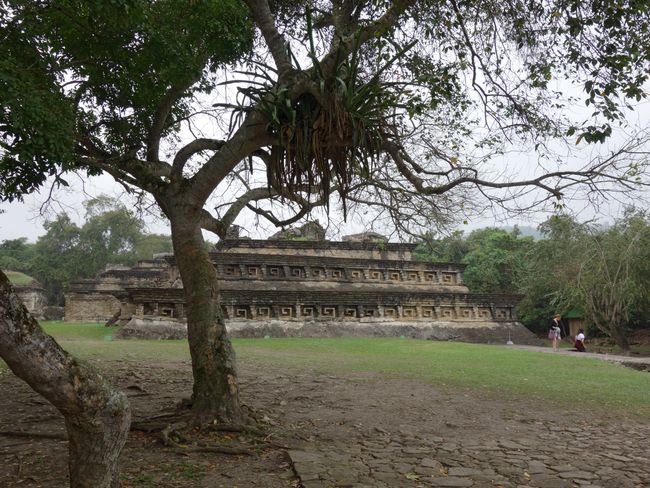
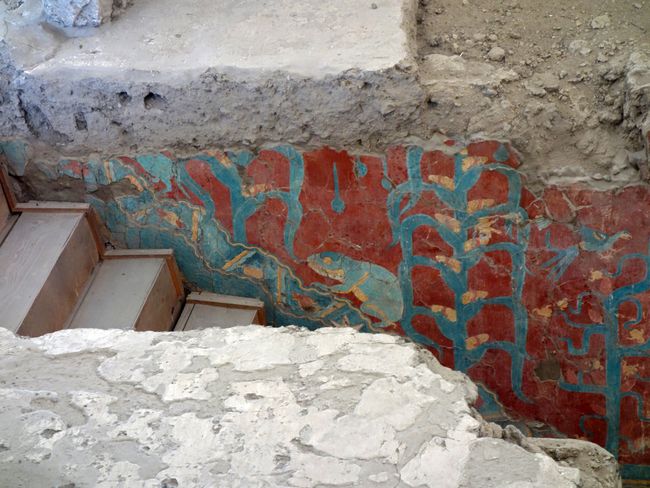
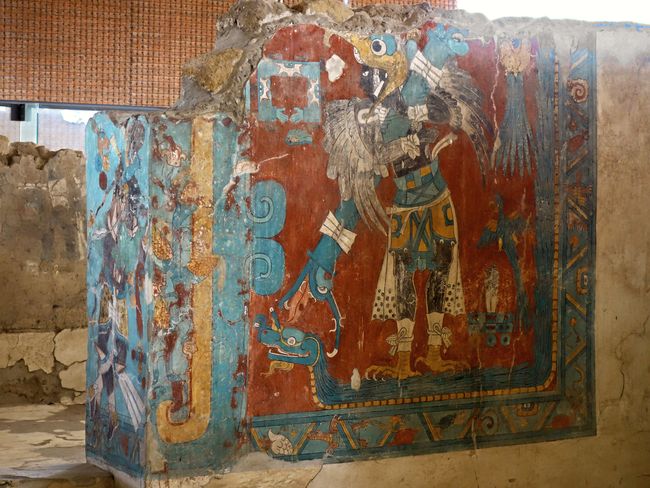
Đăng ký tin
When I decided to include Central America in my world trip, I had the two great pyramids of Teotihuacan in mind, which I had always wanted to visit. My expectation before the trip was that all the other pyramids of the ancient indigenous peoples would look similar to the Sun and Moon pyramids in Teotihuacan. That's why I was probably (at least initially) confused by the many Maya pyramids we visited, because they also have steps, but otherwise have a completely different shape. Roby says they are somehow Gothic, meaning they are slimmer and more upward striving.
What I can say now that I have spent two and a half days in Teotihuacan: The Maya built mini pyramids, although very elegant ones. The Sun pyramid is really big, with its height of 70 m (the Jaguar pyramid in Tikal is only 47 m high) and above all its 230 m side length. For the climb, this is much more pleasant, you have to climb more steps, but the angle of inclination is much flatter. When you descend from the Sun pyramid, you don't have the feeling of plunging into a vertical abyss for which you would actually need a rope, but instead you just walk down a normal staircase.
Teotihuacan is both magnificent and confusing. The two pyramids are great, the geometric city layout with the wide and long boulevard is impressive (modern urban planners would love to have such a sight axis) as well as the remaining fresco fragments, which are partly foreign and very beautiful. However, this is impaired by the fact that not much of the city is actually preserved (it is significantly older than the Maya cities) and that much of it has actually been rebuilt in the 20th century - and exactly as the excavators imagined and considered aesthetic. To this day, it is not known who built and inhabited Teotihuacan, as the (sparsely used) script found there has not been deciphered. Even the Aztecs had no idea who had created the ridiculously large structures. They speculated that they were gods or giants - and were full of admiration. In any case, one must imagine the city to be more colorful and friendly: all buildings were plastered, painted blood red, and decorated with stucco ornaments or frescoes.
If you are already in central Mexico, you must also visit Tula, which does not really fit with my title, since we know who lived there: the Toltecs. Tula is the only Toltec city that is still preserved in ruins today. These remnants of the structures are not very exciting, but there are these four magnificent 4.5 m high columns in the shape of warriors, standing on a platform and absolutely sensational. In the anthropological museum in Mexico City, there are still two pairs of feet found elsewhere in the excavation and a few small atlantes with original colors that were carried by an altar. All remarkable.
Yes, we dared to venture into the lion's den, to Mexico City, and looked at all those pieces that were abducted from the ruins we visited - usually the best ones. This actually follows the tradition of the Aztecs (which we completely skipped). They actually dismantled the most beautiful pieces from both Teotihuacan and Tula - full of admiration for the artistry of the gods, giants, or ancestors - and brought them to their cities, where modern archaeologists found them.
A few hours drive to the Gulf Coast then took us to our Mexican favorite excavation site: El Tajín. The pyramid with its many niches (364, the last day of the year was symbolized by the temple at the top that is no longer preserved) is incredibly beautiful. But the other buildings as well as the plaza complexes, many of them also with niches or refined stucco spirals on the walls, belong to the very best that the pre-Hispanic cultures have left behind. Even with El Tajín, it is not known which people the builders belonged to (it is often said that it was the Totonacs, but that is nonsense - the Totonacs are the current residents of the area and migrated there long after the golden age of El Tajín).
Our Central Mexico tour also took us to Cacaxtla, where remarkable frescoes were found only in the 1970s, which experts believe were painted under the influence of the Maya (here we do know the name of the "responsible" people: Olmeca-Xicallanca - but it is still unclear who they really were and what they had to do with the Maya). The frescoes have fantastically beautiful colors, some of them are remarkably well executed, but as a whole they do not compare to the paintings in Bonampak in the distant Lacandon jungle.
Now we only have a few days left of our world trip, in which we will fly to another part of Mexico once again. But of course, we already have our return in mind, which we want to celebrate in a very informal way: on March 4th, from 5 pm at our home. My readers, whom I would like to thank very much for their perseverance, are cordially invited (of course with companions). Please send an email so that there is enough to drink and snack on. But beware: this is not yet the last blog post - one or two more will follow!!!
Đăng ký tin
Trả lời
